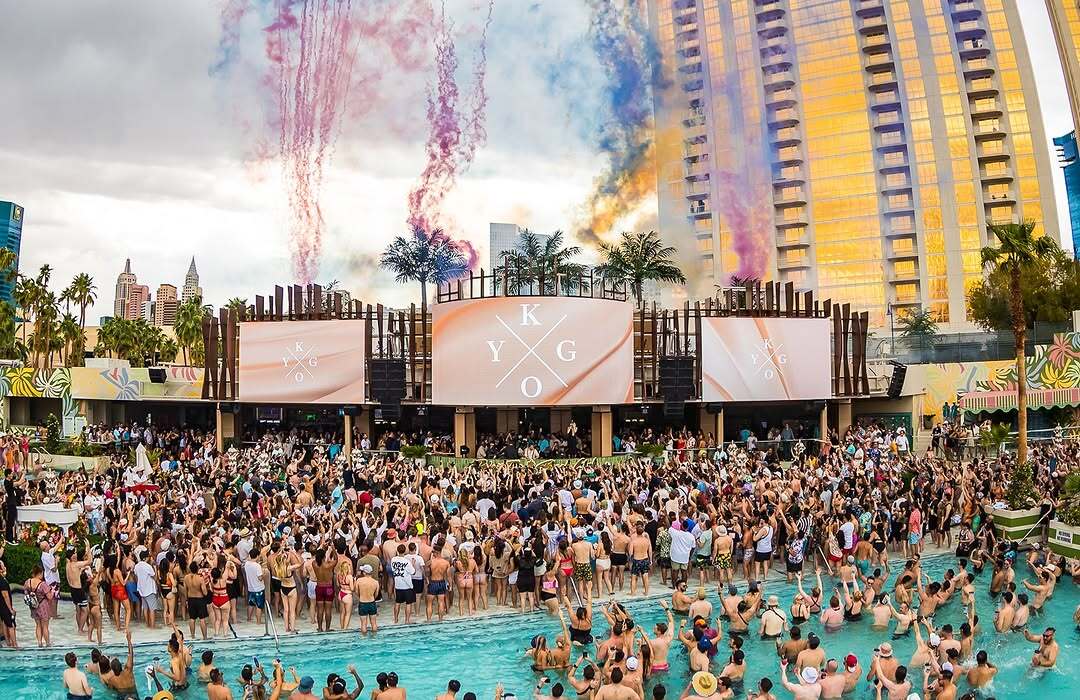WARNING: The following contains discussions of gun violence.
Tatsuki Fujimoto's manga, Chainsaw Man, has strong feelings on many things -- the cycle of poverty, sexuality, government bureaucracy and the randomness of life. The series' first part concluded in December of 2020, but the second part and an anime adaptation are on the horizon.
While fans wait for more Chainsaw Man content, Fujimoto has kept himself busy with work and also some fan art of characters that aren't his own. Fujimoto's rendition of Marvel's Captain America, for instance, is impressive, serving as a possible reminder that the mangaka's preoccupations with fears and socio-political issues aren’t limited to Chainsaw Man.
In Fujimoto’s fan art, Captain America is far from the blue-eyed, square-jawed hero memorably played by Chris Evans. Instead, this Cap resembles one of the Devils of Chainsaw Man — clad in an opponent’s gore, with a nightmarish rictus of a grin and a pair of massive firearms. This is clearly a deadly and unknowable force for evil.
In Chainsaw Man, Devils are manifestations of humanity’s greatest fears. The more deeply felt the fear is, the more powerful the Devil will be. A good example of this is the Darkness Devil -- as one of humanity’s original and most primal fears, its power is so great that a meeting with it spells certain death. But it’s not the Darkness Devil that rules over the minds of Chainsaw Man’s characters (except for Power). It’s the Gun Devil.
The Gun Devil that appears in Chainsaw Man is a nightmarish force of random violence. Its body count is impossibly high, and its emergence has left the remaining population of the world deeply traumatized. Considering the Gun Devil's United States origin, it's not hard to see that the Devil represents the genuine fear of guns -- more specifically, of mass shootings. The absolutely senseless, pointless and utterly avoidable death and violence currently occurs in the United States an average of 10 times a week. No wonder Aki and the rest are so terrified of it.
Captain America tends to reflect an idealized version of America, which changes from era to era. In his earliest days as WWII propaganda, Cap was more jingoistic and aggressive. These days, with notable examples of the shift to Sam Wilson as Cap in both the comics and MCU, we see America struggling with its history of racism and attempting to challenge this with a more modern depiction of Captain America. Captain America isn’t so much what the USA currently is -- it’s what it aspires to be.
While Marvel's depiction of Captain America is one of virtue and progress, Fujimoto appears to posit a different view. Cap traditionally carries a shield, but in Fujimoto's fan art, this symbol of non-violence and protection is nowhere to be found, replaced by an enormous rifle and pistol. It’s hard not to be afraid of the power the United States holds, and Fujimoto's Captain America Devil seems to represent the fear and distrust many countries have of the USA.
Japan, of course, has a powerful reason to be wary of American violence. After all, it was not so long ago that it was on the receiving end of it. Even decades later, Japan is still very much shaped by WWII and the bombings of Hiroshima and Nagasaki. While views and opinions on America and the war vary, generations have worked to move on, too. Still, society has been shaped by this monumental past conflict, and it continues to be deeply felt. Perhaps Fujimoto's fan art is a natural expression of the still relevant societal trauma he was raised in.
Or, of course, perhaps Fujimoto just wanted to draw Captain America in his style. Sometimes a cigar is just a cigar, and sometimes fan art is just fan art. Fujimoto likes drawing monsters and it makes sense he'd make his Cap monstrous. Still, it's hard to look at this violent and frightening Cap-creature and not feel some underlying anger or distrust. Perhaps the fan art is a glimpse into a uniquely inspired Devil -- the America Devil -- who could appear in part two of Chainsaw Man.
About The Author

